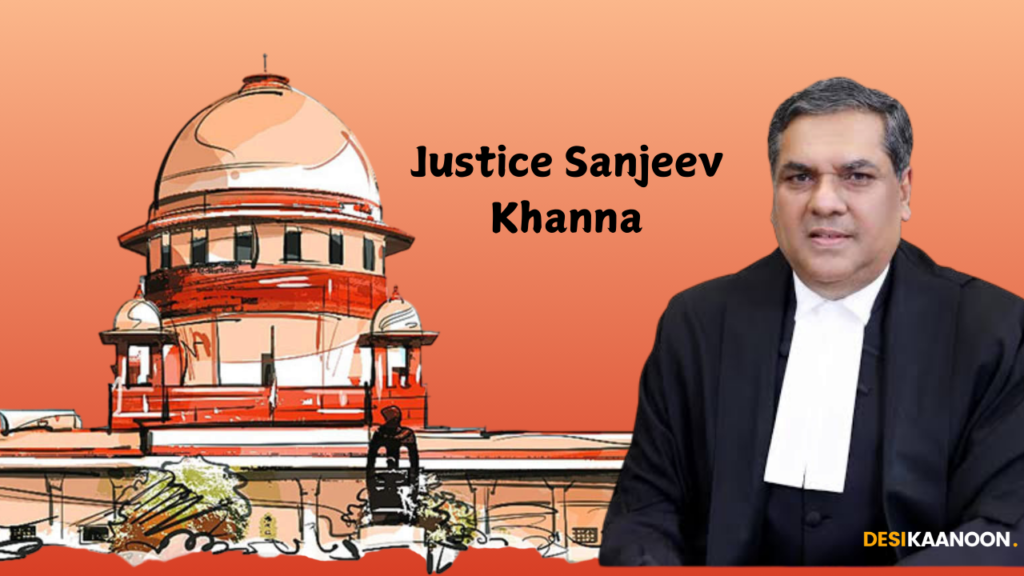Aastha Pareek
Chief Justice of India (CJI) Sanjiv Khanna, who recently assumed his position, is undertaking significant changes in Supreme Court procedures, including addressing requests for handling adjournments through a method of letter circulation and reintroducing physical causelists. These moves aim to improve court efficiency and organization, particularly in managing daily case listings and attorney scheduling.
Letter Circulation for Adjournments: Under this proposal, requests for adjournments (delays or postponements) would be processed through a letter circulation system rather than requiring in-person hearings. This approach aims to streamline adjournment requests, reducing unnecessary delays and allowing more immediate judicial consideration. By using circulation instead of in-court pleas, the process should become less disruptive to the schedule and increase the predictability for attorneys and parties involved.
Return to Physical Causelists: The reintroduction of physical causelists—printed daily schedules of cases—is seen as a step to enhance access and clarity in case management, especially for litigants and legal practitioners who may benefit from the tangible, ready-reference format. Physical causelists were standard in the pre-pandemic period but were largely replaced by digital lists during COVID-19. Their return signals a balance between modern digital access and traditional courtroom practices.
Justice Khanna’s initiatives, including these procedural reforms, also reflect broader priorities for his tenure, such as institutional transparency and expedited case handling. This leadership approach aligns with his reputation for significant judgments on issues like judicial transparency, the right to information, and expedited processes in sensitive cases. His judicial philosophy, emphasizing clarity and accessibility, is expected to influence how the Supreme Court operates under his guidance.
These procedural adjustments highlight Justice Khanna’s commitment to enhancing the judiciary’s responsiveness to both legal professionals and the public, emphasizing smoother, more efficient courtroom proceedings in his early days as CJI.

